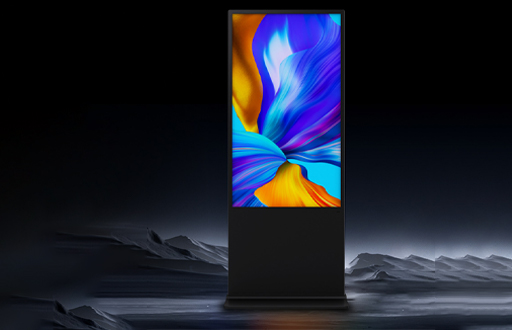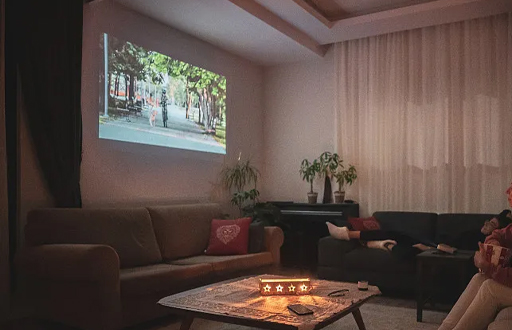In the rapidly evolving world of display technology, COB (Chip on Board) displays have emerged as a revolutionary solution, offering enhanced visual experiences and improved performance. However, with a plethora of options available in the market, choosing the right COB display can be a daunting task. Here are several key factors to consider when making this crucial decision.
1. Visual Quality
One of the most important aspects of a COB display is its visual quality. Resolution is a fundamental factor. Higher resolutions, such as 4K or 8K, provide more detailed and sharper images, which are essential for applications like high - end video production, gaming, and digital signage. For example, in a large - scale digital art exhibition, a high - resolution COB display can vividly showcase the intricate details of artworks, immersing viewers in a lifelike visual world.

Color accuracy is another vital element. A good COB display should be able to reproduce a wide color gamut, ensuring that colors are vivid, natural, and true to life. Displays with a high color rendering index (CRI) are preferred, as they can accurately represent the colors of different objects. This is particularly important for applications like photography exhibitions or graphic design studios, where precise color representation is crucial.
Brightness and contrast also play significant roles in visual quality. In well - lit environments, such as outdoor digital billboards or large conference halls, a high - brightness COB display ensures that the content is clearly visible. Meanwhile, a high contrast ratio makes the blacks deeper and the whites brighter, resulting in more dynamic and engaging images.
2. Pixel Pitch
The pixel pitch of a COB display refers to the distance between adjacent pixels. A smaller pixel pitch means that the pixels are closer together, resulting in a smoother and more detailed image. For indoor applications where viewers are relatively close to the display, such as in control rooms or small - scale retail stores, a small pixel pitch (e.g., less than 1mm) is ideal. This allows for clear viewing of text, graphics, and videos without any visible pixelation.
On the other hand, for large - scale outdoor displays or venues where viewers are at a greater distance, a larger pixel pitch (e.g., 3 - 10mm) may be sufficient. Larger pixel pitches are also more cost - effective for large - format displays, as they require fewer LEDs and less complex manufacturing processes.
3. Reliability and Durability
COB displays are often used in various environments, and their reliability and durability are crucial. Look for displays that are built with high - quality components and materials. The LED chips used in COB displays should be of top - notch quality to ensure long - term stable performance and a longer lifespan.
The display's protection level is also an important consideration. For outdoor or harsh - environment applications, displays with high IP (Ingress Protection) ratings are necessary. An IP65 - rated COB display, for example, is dust - tight and can withstand water jets from any direction, making it suitable for outdoor digital signage in all weather conditions.
4. Power Consumption
Power consumption is an important factor, especially for large - scale installations or applications where energy costs are a concern. Energy - efficient COB displays not only help reduce operational costs but also contribute to environmental sustainability. Look for displays that use advanced power - saving technologies, such as intelligent power management systems that adjust the display's brightness based on ambient light conditions.
5. Compatibility and Connectivity
Ensure that the COB display is compatible with your existing equipment and systems. It should support common video input interfaces such as HDMI, DisplayPort, and VGA. Additionally, for applications that require real - time data transmission or remote control, displays with network connectivity options, such as Ethernet or Wi - Fi, are preferred. This allows for easy integration with other devices and enables seamless content management and distribution.
6. Cost - effectiveness
Finally, consider the cost - effectiveness of the COB display. While high - end displays with advanced features may offer superior performance, they also come with a higher price tag. Evaluate your specific requirements and budget to find a display that offers the best balance between performance and cost. Don't forget to factor in long - term costs, such as maintenance, power consumption, and potential upgrades, when making your decision.
In conclusion, choosing the right COB display requires a comprehensive evaluation of visual quality, pixel pitch, reliability, power consumption, compatibility, and cost - effectiveness. By carefully considering these factors, you can select a COB display that meets your specific needs and provides an outstanding visual experience for your intended application.





 English
English